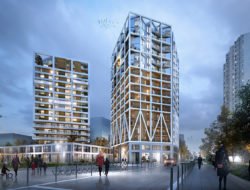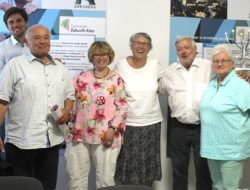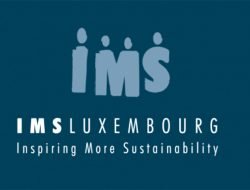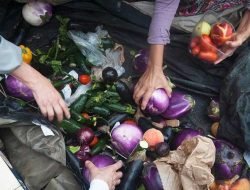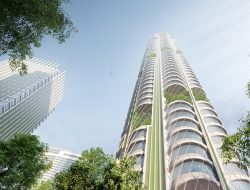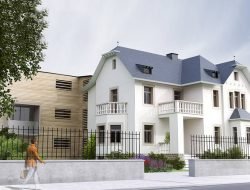INTERVIEW WITH ROMAIN POULLES
In recent years, Luxembourg has made giant leaps in the circular economy, including construction and renovation. Romain Poulles, Managing Director of PROgroup, a consulting engineering firm specialising in promoting the circular economy applied to the urban planning and construction sectors, will tell us more about it.
Where does Luxembourg stand in relation to the 2050 zero-carbon objectives?
In recent years, a whole series of crucial initiatives have been taken by the authorities. These include the national strategy for the circular economy, the seven circular economy principles developed by the Superior Council for Sustainable Development, the designation of Wiltz as a pilot town or the national zero-waste strategy.
And you even say that Luxembourg has revolutionised the way we build around the world, thanks to the PCDS. But what is it exactly?
This acronym stands for the Product Circularity Data Sheet, an original monitoring tool that collects all the data necessary to reuse a product or material. It is an initiative of the Luxembourg state which is today recognised worldwide, ISO 59040-certified and currently used in the “test” phase by major players in the global economy.
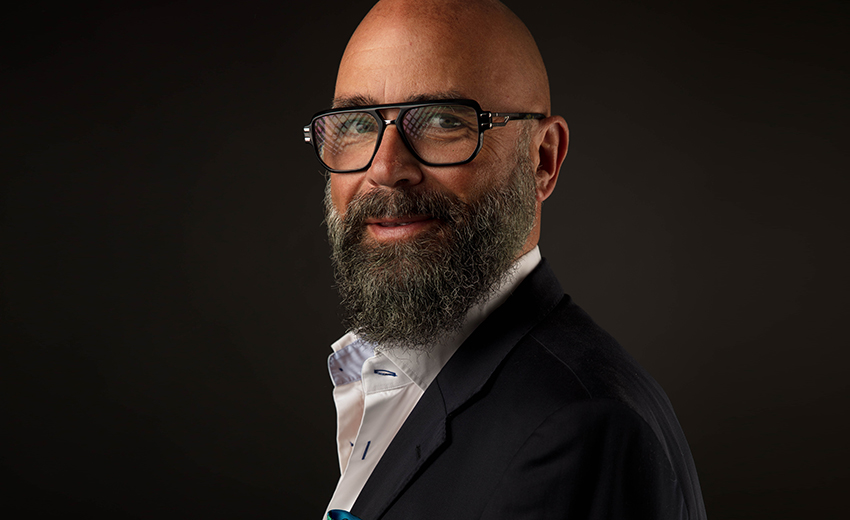
Romain Poulles administrateur délégué de PROgroup,
How is this dataset used?
When you want to recycle a building, you end up with a series of products and components of which you don’t know the exact composition, their alloys, quantities, how they are assembled or whether they are repairable, etc. And so, haphazardly, you will only be able to reuse some of the materials, and certainly not the optimal material. Whereas if we document everything (origin, composition, processing circuit, assembly, physical properties etc.), from the start of a building, it will be a thousand times easier, just by consulting the roadmap of the building (this famous PCDS), to plan a 100% reuse of the materials used. Since we will know, to the nearest molecule, what we will find in a building that will be dismantled and reassigned. Of course, this obviously implies that we have started the process by following the principles of the circular economy, as opposed to the recycling economy.
This interview with Romain Poulles will continue next month with some practical and virtuous examples of the circular economy in the Luxembourg architectural landscape.
Tags: circular economy, Luxembourg, PCDS, Product Circularity Data Sheet, PROgroup, Romain Poulles.

































